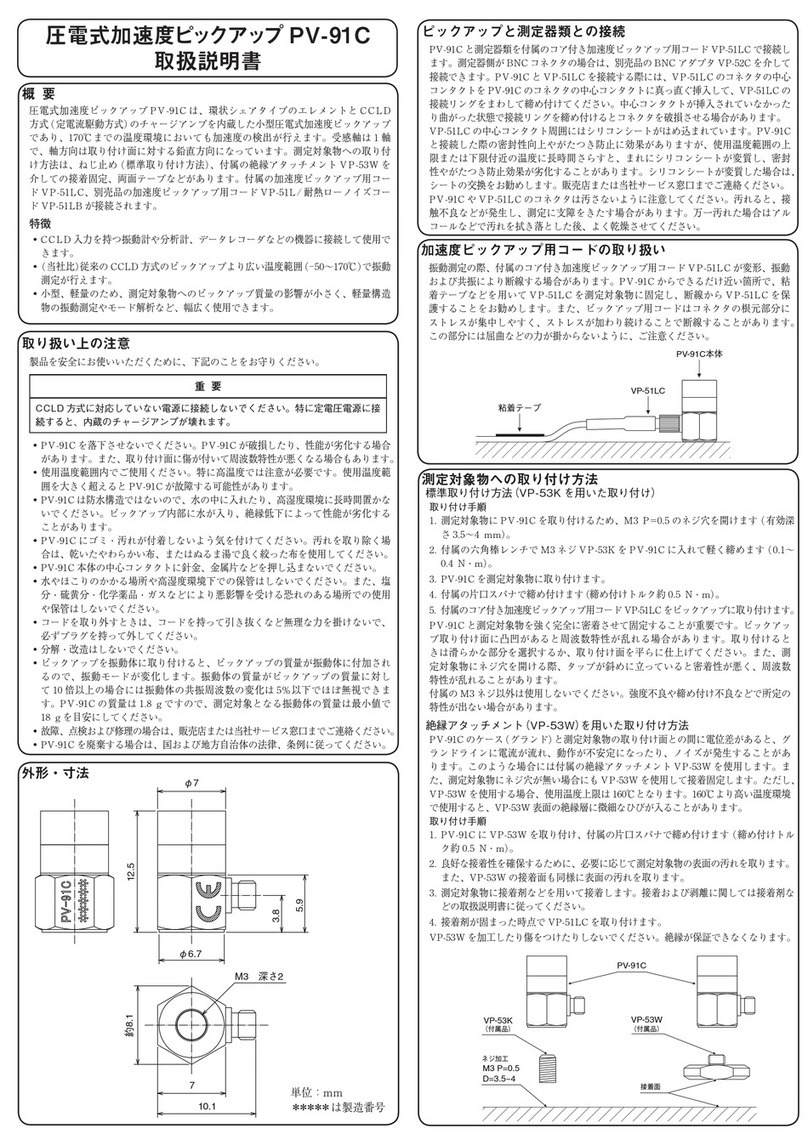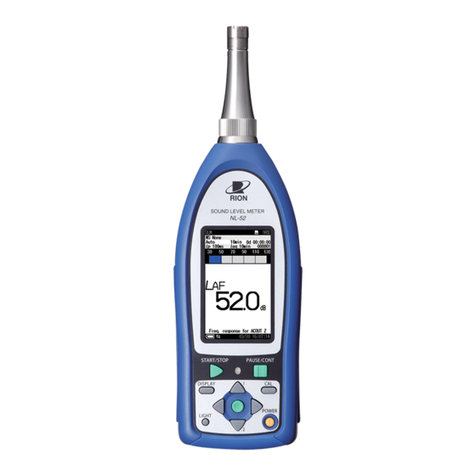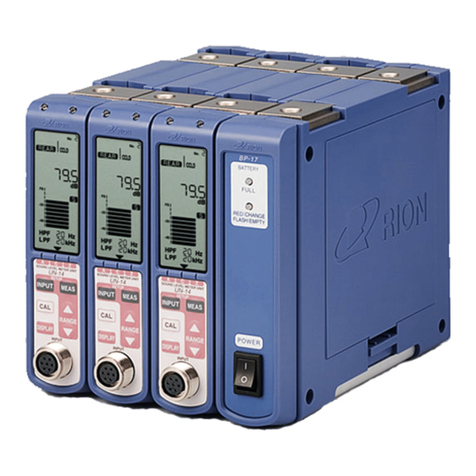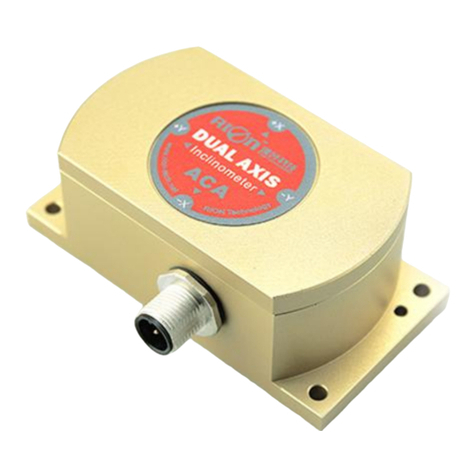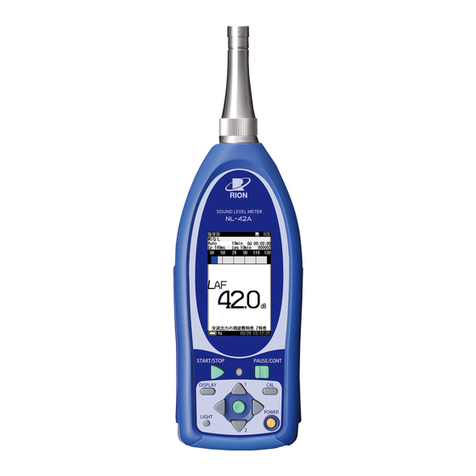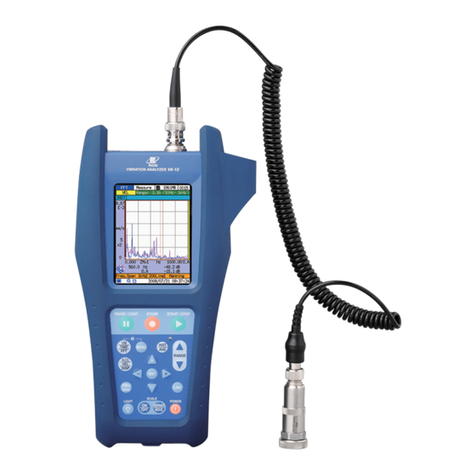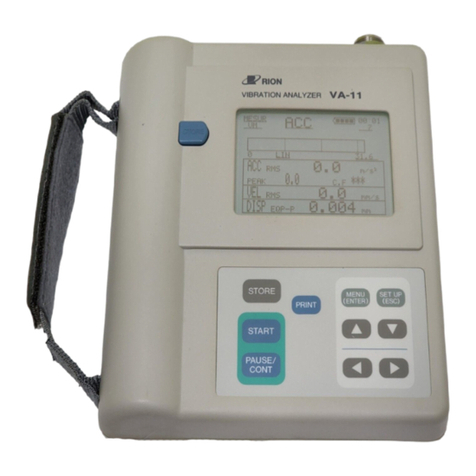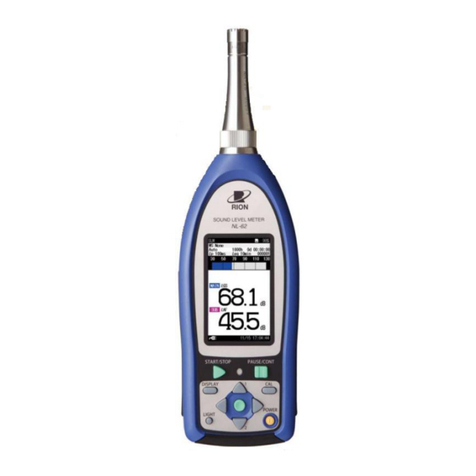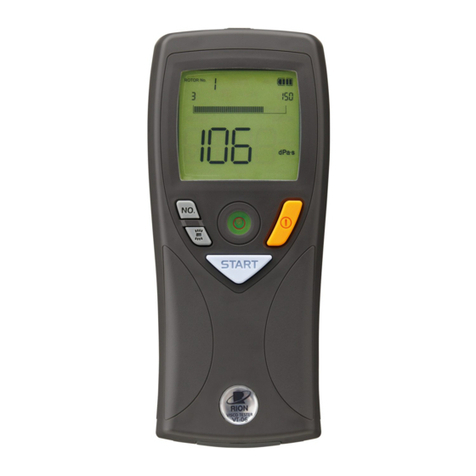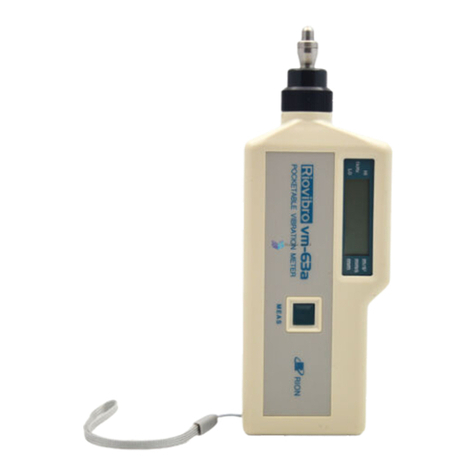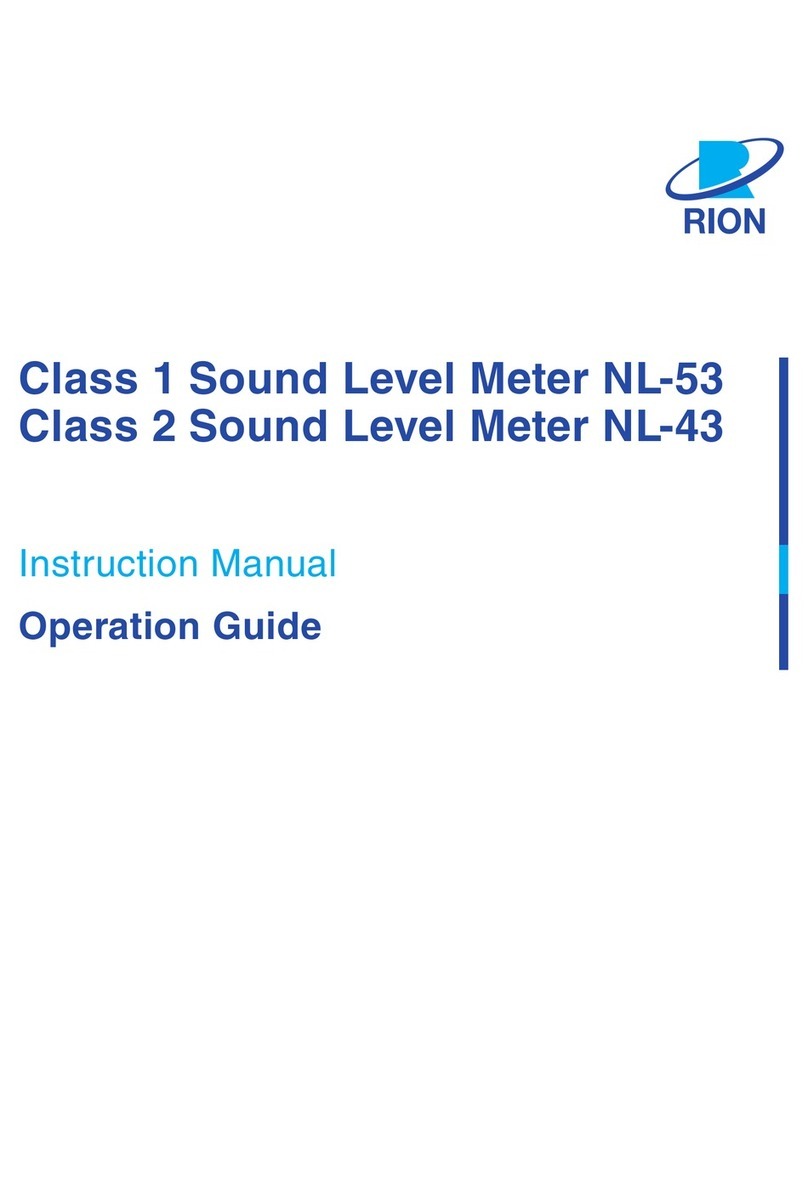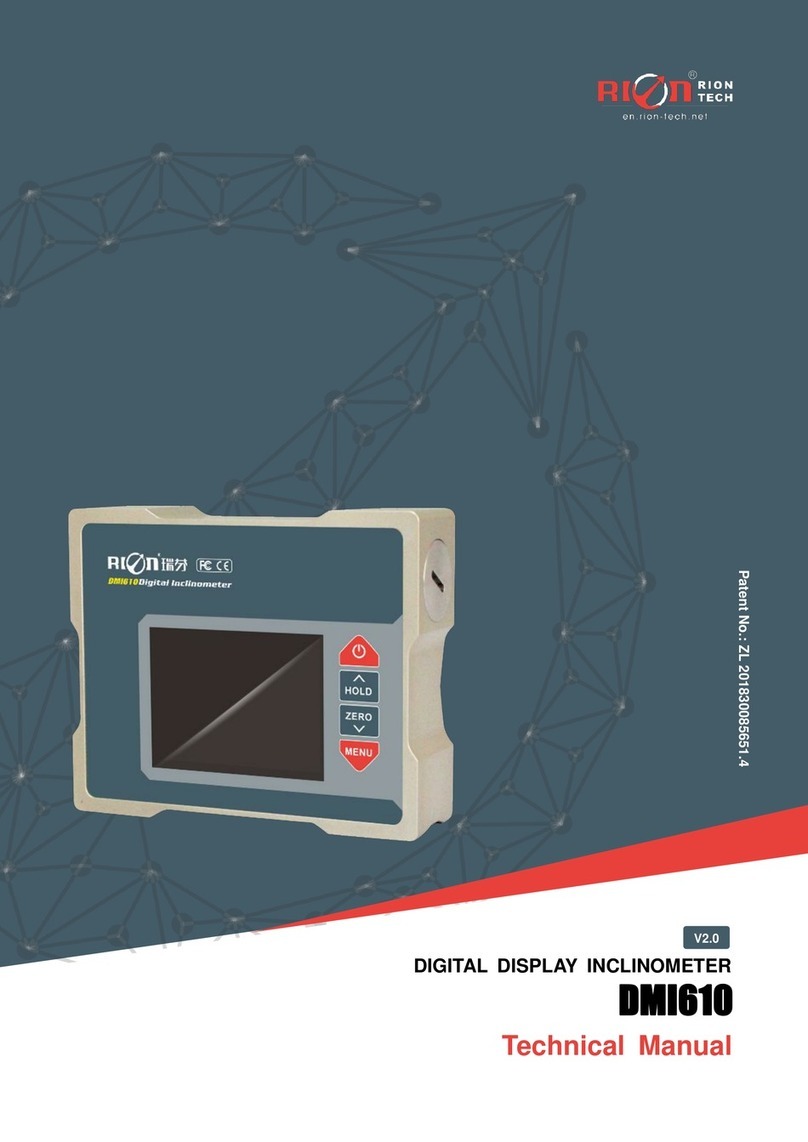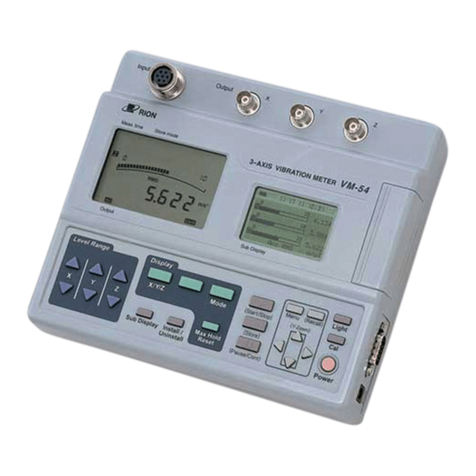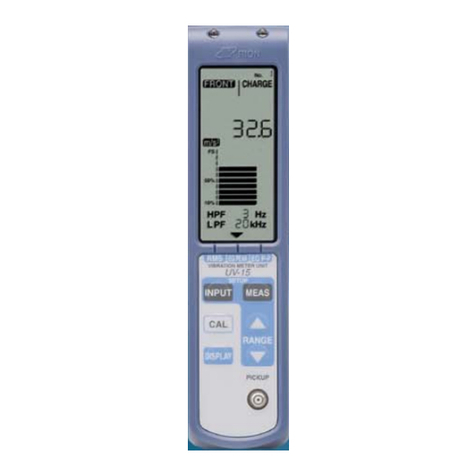
iv
Precautions
Operate the unit only as described in this manual.
Take care not to drop the unit, and protect it from shocks and vibrations.
Take care not to drop the vibration meter, and protect it from shocks.
Ambient conditions for operation of the unit are as follows: temperature
range −20°C to +50°C, relative humidity up to 90%RH.
Protect the unit from water, dust, extreme temperatures, humidity, and
direct sunlight during storage. Also keep the unit away from air with high
salt or sulphur content, gases, and stored chemicals during storage and use.
Always turn the unit off after use. Remove the batteries from the unit
if it is not to be used for a long time. Otherwise battery uid may leak,
posing a risk of corrosion and damage.
When disconnecting cables, always grasp the plug and do not pull the
cable.
Store this unit in the right place in the supplied storage case.
Clean the unit only by wiping it with a soft, dry cloth or, when necessary,
with a cloth lightly moistened with water. Do not use any solvents, cleaning
alcohol or chemical cleaning agents.
Do not tap the LCD panel or other surfaces of the unit with a pointed
object such as a pen, pencil, screwdriver, etc.
Take care that no conductive objects such as wire, metal scraps, conductive
plastics etc. can get into the unit.
Do not try to disassemble or alter the unit. In case of an apparent mal-
function, do not attempt any repairs. Note the condition of the unit clearly
and contact the supplier.
Never format optional program cards such as the VX-56RT and VX-56WR
with SD memory card formatting software (such as SD Formatter, etc.).
Otherwise the program data on the card will be erased and the respective
functions can no longer be used. Restoration of the erased program is not
warranted.












